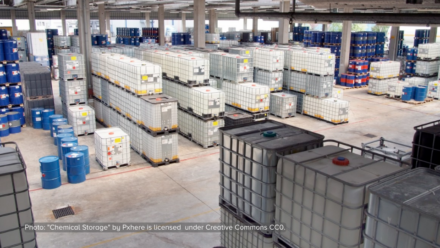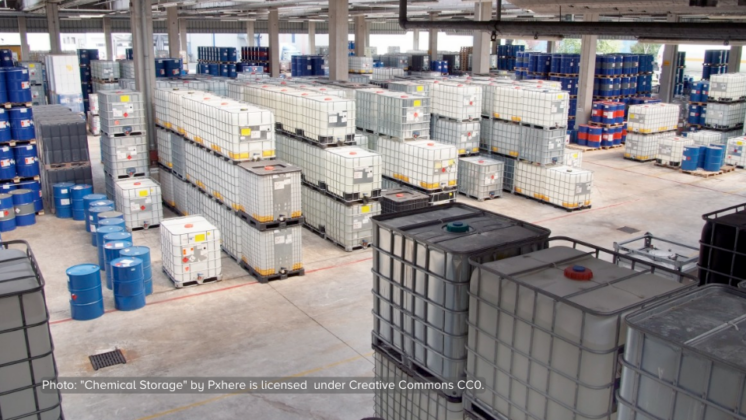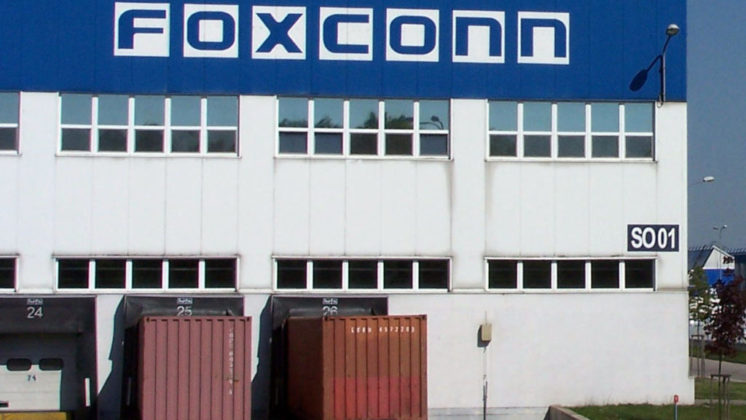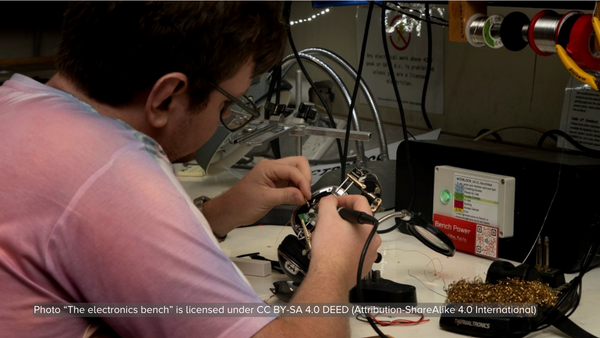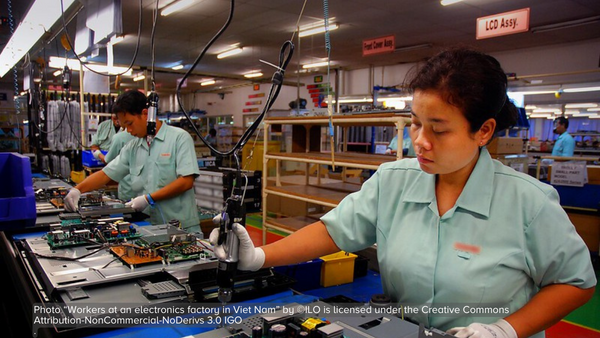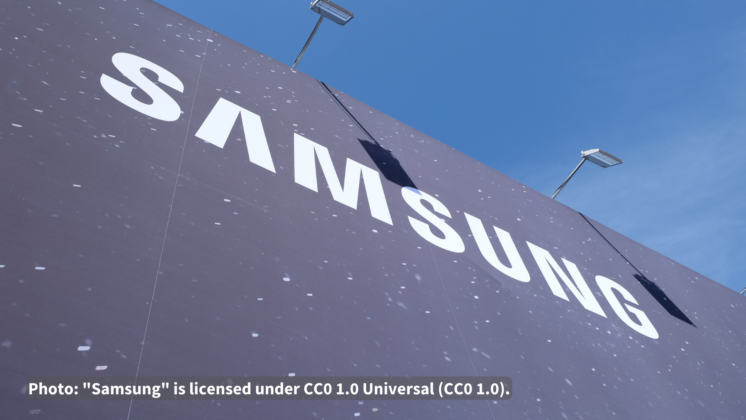China Labor Watch (CLW) announced that it has collected additional evidence to support the allegations that child workers and student workers from the Chengdu Urban Construction Vocational School in Sichuan Province were employed at Samsung supplier factory HEG Technology this year under exploitative working conditions.
China Labor Watch (CLW) today announced that it has collected additional evidence to support the allegations that child workers and student workers from the Chengdu Urban Construction Vocational School in Sichuan Province were employed at Samsung supplier factory HEG Technology this year under exploitative working conditions. Evidence that includes recordings of direct interviews with the young workers demonstrates that they labored for 10 hours per day, sometimes without a single rest day in a week, and were not paid all of their wages.
On July 10, 2014, CLW published an investigative report exposing the employment of child labor at Samsung supplier factory Shinyang Electronics. A New York Times reporter independently interviewed child workers at the plant, publishing an article on the same day as CLW’s report.
Samsung subsequently communicated with CLW via emails and phone calls, expressing that in the future Samsung hoped CLW would notify Samsung in advance about the existence of child labor in Samsung’s supply chain; Samsung said it would carry out follow-up investigation and seriously work to prevent the employment of child labor in its supply chain.
In August 2014, CLW once again found evidence of child labor and student labor at a Samsung supplier factory, this time at a company called HEG Technology. On August 21, CLW provided lists to Samsung of 117 student workers and 14 child workers who were employed at HEG. A number of child workers on the lists worked on a Samsung production line called the Production Second Assembly Storage Group (D3).
Samsung responded to CLW on August 25, claiming that Samsung’s follow-up investigation did not discover any student workers or child workers on Samsung’s production lines at HEG.
CLW reconfirmed that student workers and child workers were employed at HEG and on August 27 published the results of its HEG investigation detailing the factory’s rights abuses against child and student labor.
CLW provided the specific contact and school information of one student worker to Samsung. Later, Samsung responded that this girl was at least 18 years of age and was employed by HEG as a temporary worker with a temp worker contract. Samsung therefore did not designate the girl as a student worker. CLW had also alleged that student workers, including this girl, were not paid overtime wages by HEG. To this, Samsung responded that the lack of overtime wages was based on the rules set out by the contract that these student workers signed and the wages were thus paid reasonably. However, that the students signed a contract that did not provide for overtime wages means that the contract itself was illegal. As of today, this female student worker, along with 39 of the 117 classmates with whom she entered HEG, has still not received unpaid wages from HEG. These students have told CLW that they left HEG early because they could not continue enduring the poor working conditions in the plant—e.g., 10-hour work days, sometimes without any rest day on the weekend. But after resigning from the factory early, they did not receive all of their due wages.
On September 28, HEG Technology raised a lawsuit against CLW and its Executive Director Li Qiang in Huizhou City, Guangdong Province for defamation. But this lawsuit is a farce: as of December 3, Li Qiang himself has still not received the official complaint document related to the HEG lawsuit.
On October 9, Samsung told CLW that Samsung carried out a joint investigation with HEG in response to CLW’s allegations. Their results showed that a group of student workers from Chengdu, Sichuan Province were hired at HEG in May 2014. Samsung explained that HEG discovered that some of these student workers were under 16 years of age and that those students were not permitted to work in the factory. Only those students at least 16 years of age were allowed to work, Samsung said. However, this contradicted the earlier claim by Samsung that no student workers were employed on Samsung production lines at HEG.
Samsung repeatedly requested that CLW carry out a joint investigation with Samsung. Samsung proposed that the investigation be conducted on a Samsung production line at HEG. CLW turned down the requests.
However, in order to refute the farce constructed by Samsung and HEG, CLW conducted another round of evidence-gathering in regards to the child workers employed at HEG. Using the ID information on the 14-person child worker list that CLW provided to Samsung in August, CLW contracted an independent investigator to track down the home addresses of these child workers. Nine of the children came from Xuanhan County in Sichuan Province while the five others came from Guizhou Province.
On October 31, the investigator traveled to Xuanhan County to gather evidence. By November 4, CLW had confirmed that all nine child workers from Xuanhan County were students at the Chengdu Urban Construction Vocational School (Chinese website). While employed at HEG, these students produced both Samsung and Oppo phone products.
The investigator interviewed ten students at the Chengdu Urban Construction Vocational School, five of whom were child workers—under 16—when employed at HEG. Two of the child workers were interviewed by phone and three were interviewed in-person.
According to interview records and recordings, the majority of student and child workers from the school who worked at HEG left the factory on August 31. A few of the child workers left early because their underage status was discovered.
Chengdu Urban Construction Vocational School sent more than 200 students to work at HEG between May 28 and August 31, 2014. Some of these students were younger than 16. These students labored at HEG 10 hours per day, six or seven days a week. The school gave each student a 100 RMB ($16) subsidy every week. All other wages were held by the school until after the students were done working at HEG. The students would receive the remainder of their wages after the school deducted its own expenses, including tuition and miscellaneous fees for housing and transportation costs. During the period of CLW’s follow-up investigation, students had still not received their due wages.
According to multiple sources, Chengdu Urban Construction Vocational School sends out students for work via two methods: “work-study” and “practical internship”. When the school recruits students, it immediately waives tuition, but while they are still enrolled at the school, the students are arranged to work, and wages earned from work pay for tuition at the Vocational School. This is the so-called “work-study”. In the third year, students work full-time while still being enrolled as a student; this is called a “practical internship”. In the cases of both “work-study” and “practical internship”, a student retains enrollment status at the school.
The child workers who were employed at HEG in May 2014 had been enrolled at the Vocational School before having even fully graduated from middle school. They were arranged to work at HEG before having taken any classes at the Vocational School. The wages they earned at HEG would pay for the Vocational School’s tuition. If a child worker or student worker left the factory early, that person would be required to pay the remaining tuition balance.
According to students, three personnel from HEG went to the Vocational School to follow-up. (CLW has not confirmed that all of the personnel were HEG employees; according to Samsung, HEG and Samsung conducted a joint investigation at the Vocational School.) Before Samsung and HEG went to the school to question students about employment at HEG, students were told by the school not to reveal that they had worked at HEG.
Students said that the principal of Chengdu Urban Construction Vocational School even threatened child workers, telling them that if they admitted to employment at HEG, not only would the children not receive their wages, they would also have to pay the school an amount equal to double their wages at HEG.
Before publicly revealing the child worker list, CLW had shared it with Samsung. Samsung could have easily come to understand the truth about HEG’s child workers. HEG’s lawsuit against CLW increased the costs to CLW to carry out its investigation and monitoring, and Samsung stated publicly that it respected the conclusion of HEG's investigation, which found no evidence of child labor at the company. CLW demands that Samsung and HEG issue a public apology to CLW and compensate CLW for investigative costs. CLW will use the compensation to pay for the deducted and unpaid wages of the student and child workers employed at HEG. Moreover, both companies must change their policies and behavior to ensure that working conditions conform to legal regulations. CLW has recorded labor rights abuses throughout Samsung’s supply chain over the past two years; it is high time for Samsung to carry out genuine reforms of poor working conditions.

